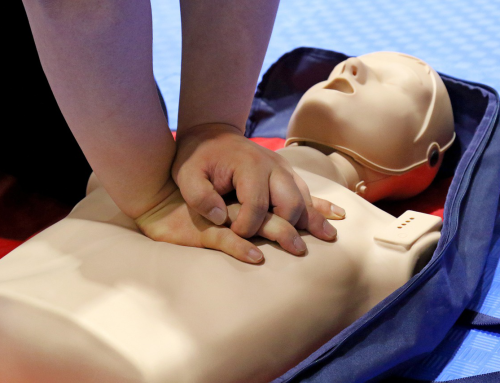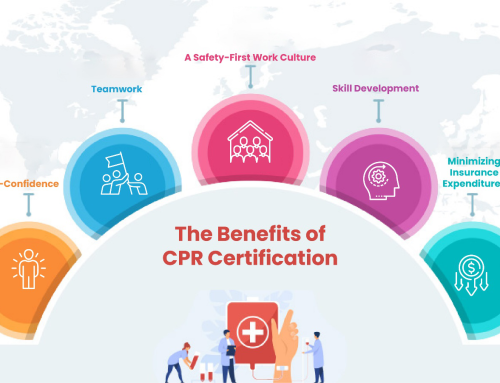Pre-school kids are adorable, and at the same time, chaotic. Their restless nature gets them in trouble, but it is also what drives their spirit.
As adults, all we can really do is watch as they fumble their way through and help them when they fall. Unfortunately, their shenanigans often lead to injuries as well, which is why parents and teachers alike need to be fully equipped to deal with a health emergency at home or in the classroom.
We’ve come up with a list of first aid tips to help out pre-school teachers who are handling more than a few kids at a time, and are therefore more likely to run into emergencies related to minors.
Apply Pressure To Stop Bleeding
Kids are always running around and falling; this can lead to cuts and scrapes.
In case of an injury like this, immediately apply pressure to the wound to stop the bleeding. After that, you need to clean the wound with lukewarm water and some anti-septic to prevent an infection. Apply an ointment and wrap the wound in a bandage and ensure it stays on for the rest of the day.
Lastly, but most importantly, inform the parents so they can take the child for a tetanus shot if needed.
Nose Bleeds
Nose bleeds are relatively common in children, and the chances are that you will see quite a few of these during your time as a teacher. But there’s no need to panic; they look scary, but are mostly harmless.
Just make the kid sit completely upright on a chair. Then take a tissue and apply very gentle pressure on either side of the nose—you need to do this for about 5-10 minutes or until the bleeding stops.
Whatever you do, make sure that your student doesn’t tilt their head back, as this could lead to choking due to the blood traveling back.
Fractures
Since these are internal injuries, it’s almost impossible to tell how bad the situation is until an x-ray is done. But even if it’s a hairline fracture, it’s going to cause a considerable amount of pain, more than a preschooler can bear, so the intensity of the crying should at least help you assess the gravity of the situation.
First off, make the child lie down immediately to restrict movement. Next, you need to use a cold pack to relieve the pain while arrangements are made to transport the student to a hospital. Make sure the child doesn’t move excessively during this time.
Most of the time, classroom emergencies require quick action. For the duration they spend in the classroom, you are their superman/woman. To safeguard them, invest in a health safety program like the Red Cross First Aid courses.
Call us now, at Metro Safety Training, to book a place in our program.





